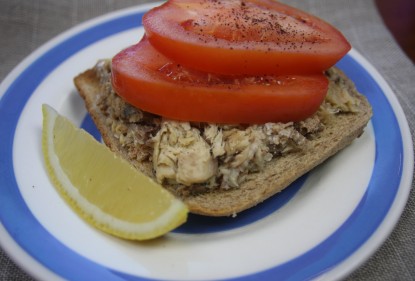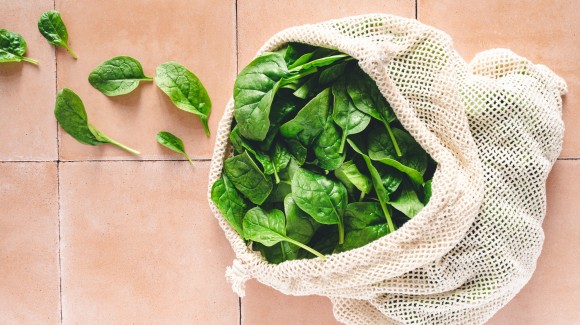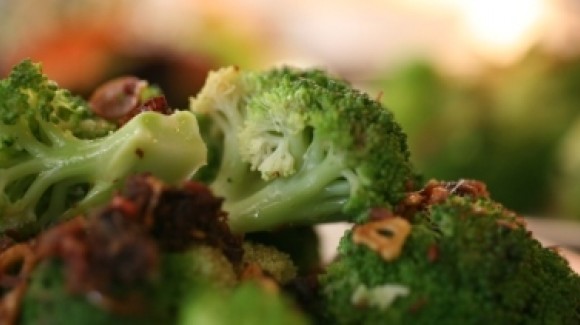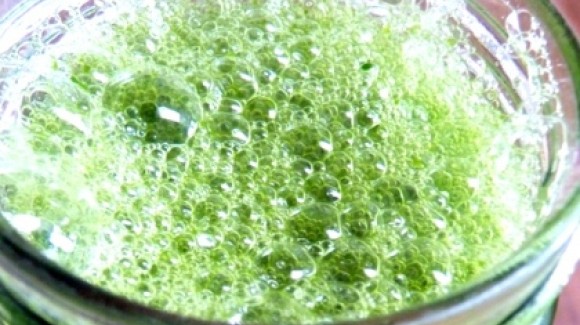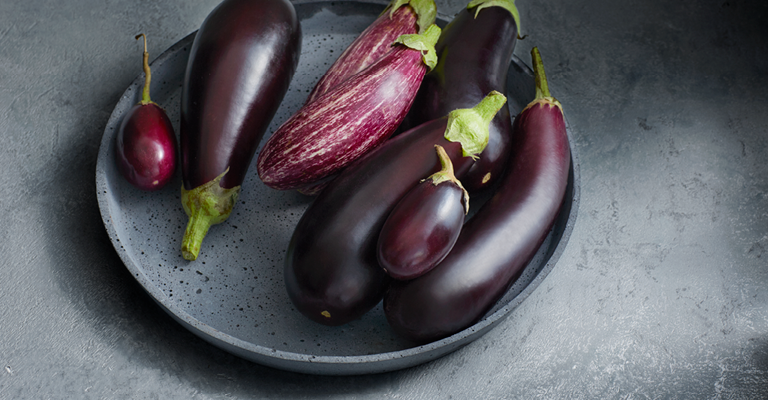
Health & Beauty
6 top reasons to eat more tomatoes
The tomato, eaten as a vegetable but botanically classified as a fruit, is our second favourite vegetable. Much of this intake is in the form of tomato products like canned whole tomatoes, tomato pasta sauces, tomato paste, juice and more recently as sun-dried. And of course there's that humble childhood icon, tomato sauce.
However, eaten in its purest form, the tomato is packed full of nutrition. Here the top six reasons why tomatoes should be added to your daily meals.
- Are the best source of lycopene in our daily diet
- Contribute vitamin C
- Are great for fibre – 2 grams per tomato
- Supply folate and other B vitamins
- Give you lots of the mineral potassium
- Won't make you fat – ½ medium tomato has a mere 36 kilojoules (9 calories)
Nutrition stats
Per serve One medium tomato (weighing 130g or 4oz) supplies: 1g protein, trace of fat, 3g sugar, no starch, 2g dietary fibre and 73 kilojoules (17 calories).
Per 100g 1 per cent protein, trace of fat, 2 per cent sugars, no starch, 2 per cent dietary fibre and 56 kilojoules (13 calories).
Tomatoes for lycopene
The rich red colour of tomatoes isn't merely attractive to look at. It's due to lycopene, a strong antioxidant which has been shown to reduce the risk of cancer of the prostate and possibly cancer of the colon, bladder and lungs.
It appears to protect white blood cells, your body's first line of defence against infection. Several studies found that men who have the highest intakes of lycopene from tomato-based foods had a much lower risk of prostate cancer.
Lycopene is fat-soluble so adding a splash of olive oil to your tomatoes helps boost its absorption.
Lycopene is a carotenoid which is related to beta-carotene (in carrots and pumpkin), which is converted into vitamin A once in the body. Unlike other carotenes, however, lycopene does not get converted into vitamin A. There are no known symptoms of a lycopene deficiency and no recommended dietary intake (RDI) for lycopene.
It is the reddish colour of watermelon, pink grapefruit, red carrots, guavas and papayas, but not strawberries or cherries. Owing to its strong colour, lycopene is a permitted food colour in Australia and New Zealand. It has the additive code number 160d.
Unlike other fruits and vegetables, where nutritional content such as vitamin C is diminished upon cooking, processing of tomatoes increases the concentration of bioavailable lycopene.
Tomatoes and arthritis
Tomatoes are sometimes avoided by arthritis sufferers, along with other members of the nightshade family like capsicum and eggplant.
Reasons often given are that they are too "acid" or cause a flare-up of swollen joints or stiffness.
Tomatoes and food intolerances
Along with their flavour, tomatoes contain high levels of salicylates, amines and glutamates, three natural compounds that are often the villains in migraines, digestive upsets and other allergic-type reactions collectively called food sensitivity.
As with other culprit foods, it seems if a food consistently causes problems for someone, then it's best to avoid it (and it's estimated that around 30 per cent of arthritis sufferers have some sort of food intolerance).
At this stage, however, there's not enough evidence to ban tomatoes for everyone with arthritis. But if they upset your joints, it's wise to limit them, especially from the concentrated forms of tomato such as tomato paste or pasta sauce.
5 easy ways to enjoy truss tomatoes
- Make up a big Panzanella salad using tomatoes.
- Dice a ripe tomato, removing the seeds. Mix with crushed garlic and a little olive oil. Pile the mix onto thick toasted Turkish or ciabatta slices. Add a grind of black pepper and chopped basil leaves.
- Oven-roast Roma tomatoes and stir though risotto with basil, mushrooms and parmesan.
- Seed and dice tomatoes and use as the basis of a quick summer salsa over barbecued steak or grilled chicken pieces. Add chopped fresh basil, finely-chopped purple onion or green spring onions, a squeeze of lemon juice and fresh grind or two of black pepper.
- Snack on tiny cherry or grape tomatoes.
- Add sliced tomato to your sandwiches or melts - it's a perfect partner to cheese or ham (add a little Dijon mustard as well).
Adapted from the Foodwatch website. Read more.

